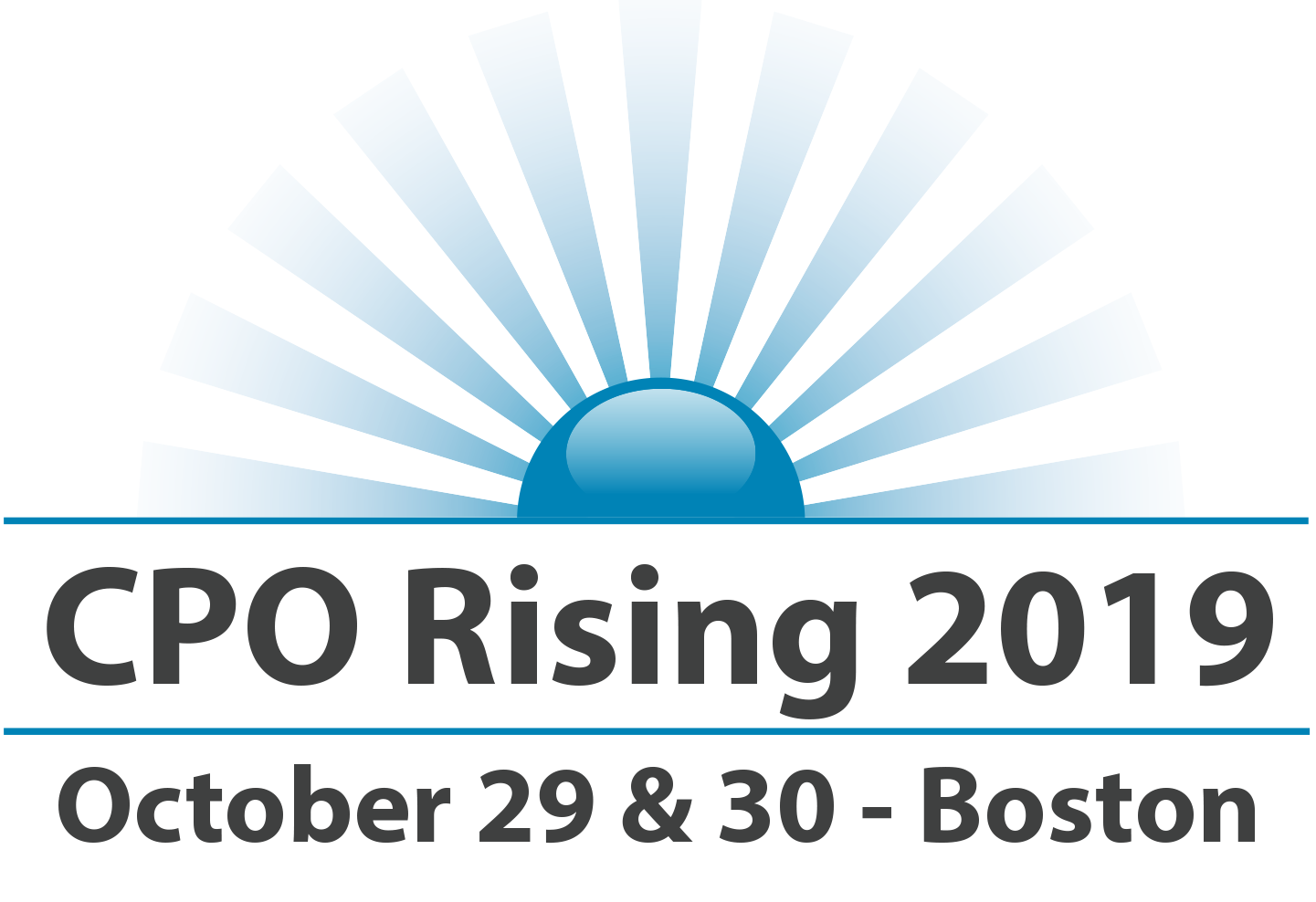Publisher’s Note: In 2019, Ardent Partners is celebrating 10 years of delivering “Research with Results” to Chief Procurement Officers (CPOs) and other readers of this site, including published reports, eBooks, presentations, insights, articles and events. To commemorate the occasion, we are going to reflect on the firm’s first decade by presenting this weekly “throwback” series that will include a blend of top articles from our earlier days on this site. Despite procurement’s recent advances, we believe these articles are as topical and relevant as the day they were published. And, in light of our fourth-annual procurement executive summit, CPO Rising, now just a month and a half away, we thought this particular article is most appropriate for a throwback. Enjoy!
Chief Procurement Officers Rise and Shine at The CPO Rising 2017 Summit
When I started working in this industry 18 years ago, there was a tremendous opportunity sitting in front of most procurement departments around the world. Fast forward to today, December 6, 2017, and the exact same thing can be said. I’d like you to think about that for a minute…. and, seriously reflect on what that means.
Over the years, my team and I have chronicled the progression (or rise) of the procurement profession. And, in many ways the role of the CPO has been a great proxy for the profession. It is fair to say that a majority of procurement organizations have successfully advanced their operations over the last 20 years, particularly in the last decade. Consider:
- In 2007, 54% of enterprises had a Chief Procurement Officer (by role or by title) in place.
- In 2017, that number is 91%.
- In 2007, only 37% of procurement departments were operating under a multi-year strategic plan.
- In 2017, that number is 87%.
These are strong and impressive trends and a clear indication that the profession has been moving in the right direction for a long time. Transformational is a word that we frequently use when talking about the type of change and impact that we’ve witnessed in procurement. Few would argue that procurement’s transformation has not been very broad-based nor increasingly visible within the enterprise and across supply chains. That said, there is much more still to be done. Consider:
Organizational alignment with executive priorities will also help strengthen the CPO’s bond to executives and earn confidence. More importantly, it helps increase the impact that procurement can make on what is most important to the business. Unfortunately, 62% of procurement organizations lack tight alignment between what they are working on and the overall objectives of the business. This is highly problematic because, as one Global CPO speaker said, “It does no good to be great at unimportant things.” And, it does no good to be focused on the wrong things. Just like your car, a procurement organization with poor alignment creates bigger internal problems by damaging other parts over time.
It becomes pretty clear that procurement is operating on a continuum. To bear this out, I went back and looked at the first CPO event that Chris Dwyer and I planned and hosted (in 2006). At the time, this was a preeminent event (it was held just before the industry event boom that now pervades seemingly every profession/industry today) with marquee CPOs presenting Best-in-Class case studies and bleeding-edge topics. I couldn’t find the agenda but I did have copies of all of the presentations. Here are a few of the titles (verbatim):
- Running a Global Sourcing Organization
- Contract Lifecycle Management: System Implementation in a Global Environment
- Procurement: A Critical Business Process in a Globally Integrated Enterprise
- Supply Goes Global…
- Direct Materials Sourcing
My presentation focused on defining and then making the case for the use of “spend under management” as an important procurement metric. I also moderated a panel discussion called “The Importance of Spend Analysis.” I think you get the point I am making: yesterday’s cutting edge ideas are today’s table stakes. Said another way, today’s CPO innovators are discussing tomorrow’s “low hanging fruit.” Globalization was huge in 2006 and it certainly helped the CPO rise in stature within the enterprise, but today globalization is taken for granted, even on the indirect side.
In ten years or maybe even five, will CPO Rising Hall of Famer, Tom Linton’s idea that “operating in real time is a strategic imperative for procurement and supply chains” be taken for granted and easily accomplished? Will David Natoff’s sophisticated approach to where and how procurement can move its “sphere of influence” to maximize its impact be “CPO 101?” Walt Charles and his team are doing things with Big Data that very few other procurement teams are doing but he also said, “What we’re doing may sound impressive, but it is within the reach of everyone in this room.”
The importance of understanding the industry’s latest trends and the ideas and strategies that today’s Best-in-Class CPOs are using to create a competitive advantage cannot be understated. Even CPOs in the greenest of greenfield opportunities need new and higher targets. CPOs must collectively examine industry best practices, discuss innovation and the latest technology trends, network with peers, and challenge the status quo. Our goal for this year’s CPO Rising Summit was for every attendee to leave engaged and empowered with new strategies and approaches that can begin to make a difference not only within their procurement department, but also within their enterprise.
Procurement’s future is exciting, and I daresay, the attendees of The CPO Rising 2017 Summit got a glimpse of it.

